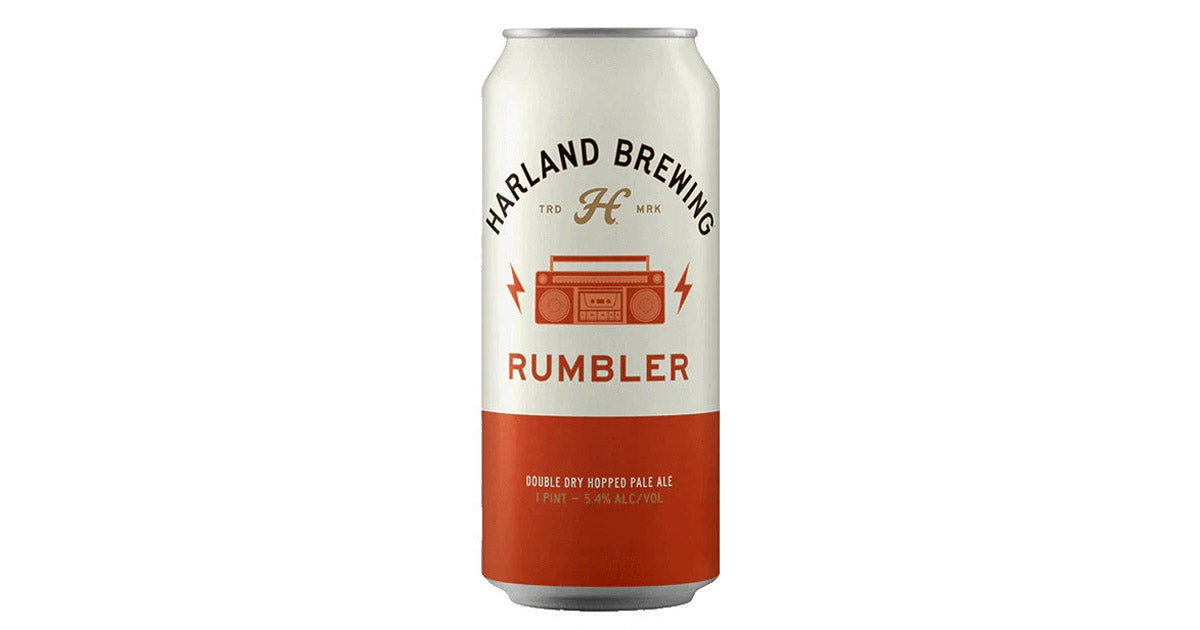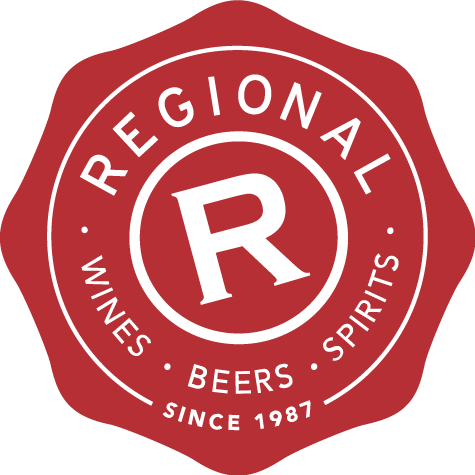
Harland Brewing Rumbler Pale Ale and the delights of deft dry hopping
Don’t know about you, but to me, the term double dry hopped just sounds sooooo tantalising… but what does it actually mean, after all, in this day and age we need to be fully armed with decent beer knowledge as everyone seems to be a ‘pro’ and the impromptu beer geek-off seems all too common!
Well it’s pretty straight forward. Dry hopping basically refers to the addition of hops at any stage after the boil when the wort has cooled. Of course, the hops still get wet… but don't confuse it with wet hopping - which is the addition of fresh hops at any stage of the process - and which I guess technically means, if you wet hop after the boil you, that you could simultaneously dry hop and wet hop? Jeez I thought this was straight forward!
The key element to take away is that boiling hops is necessary to convert the alpha acids in the hops into iso-alpha acids (through isomerization) to create bitterness. But with dry hopping, the volatile oils aren't boiled off, which maximises hop aromas and flavours that may otherwise have been lost without adding further bittering.
The technique actually originated with the Brits who added hops to the cask shortly before it was shipped to its destination - I guess to give it a little extra pep and perhaps utilise some of the preservative powers of the hop. There are of course other riffs on the theme…
The hop back, which you may have heard of, does something similar, providing a chamber into which hops can be added and through which the wort is pumped. However, as the wort has not actually cooled in this process - it's not technically dry hopping. Timothy Taylor uses a hopback with whole leaf hops - which makes it more akin to wet hopping in many respects.
Sierra Nevada has taken the process of dry hopping to the next level. The brewers here were fed up with the standard and rather inefficient technique of filling nylon sacks with hops and suspending them into the fermentation, so they created a piece of kit called the hop torpedo. This is a device shaped like its namesake which they jampack with 75 pounds of whole-cone hops (that’s 34 kg to us metric-lovers). Beer flows out of the fermenter, surges through the hop torpedo, and back into the tank supercharging the hop flavours!
Our Rumbler is double dry hopped with Nelson and Mosaic. The Harland website offers nothing on how this has been done, so it’s not clear if ‘double’ just refers to the two hops, presumably added at the same time, or whether there are two dry hopping runs. Anyway, let’s see how it tastes…
Pours a light gold with green tinges and a bright white head. The nose is relatively subdued and, as the colour suggests, there isn’t a huge malt presence, but rather some lovely earthy, vegetal notes that intermingle with tropical fruit aromas. The palate is super light and more akin to an extra pale ale, with a deft balance of savoury meets fruit.
A great quaffer this one, where the hops don’t actually steal the show - and rightly so I would say. It’s still a pale ale at the end of the day, and so the hops have been kept nicely in check - even with the post boil dry hop additions. What you end up with is hop complexity where you may have typically just found big, burly hops… and in an era where hops have been the defining element - kudos to the brewers for trying something different.
